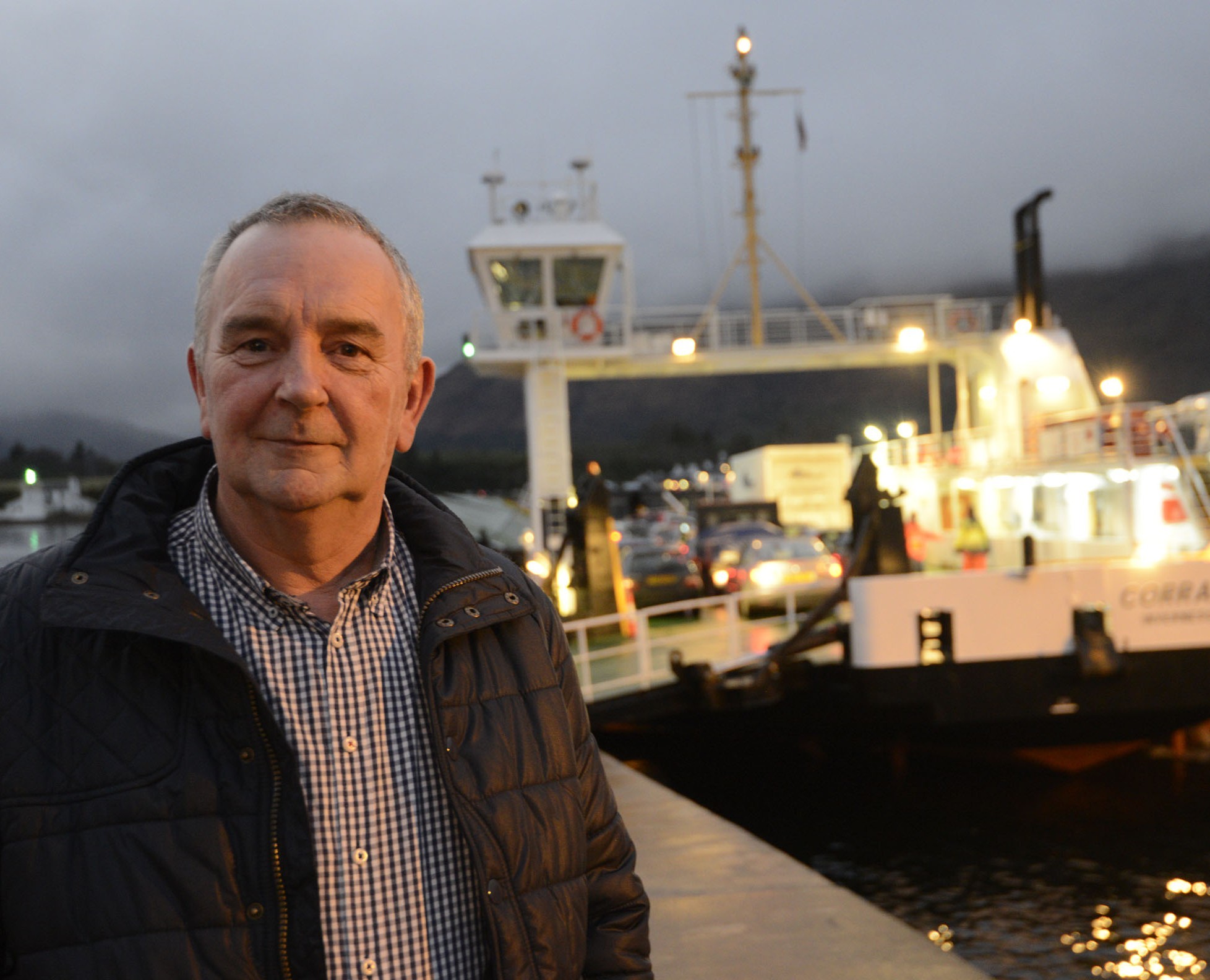A campaign group fighting for the future of a lifeline ferry link is taking legal advice on Highland Council’s claim that European rules prevent it from subsidising the service.
The Free Crossing for Corran (FCC) campaign group is also calling for “transparency in council accounts” and a place at the table in government talks on the future of the service.
Fares on the ferry – linking the mainland and the remote settlements on the Ardnamurchan and Moidart peninsulas – went up by 4% last April, 15.6% in November and a further 4%in April of this year.
At £7.90 per car for a crossing of around 500 yards, campaigners claim it is now one of the shortest and most expensive ferry services in the UK.
And fares are likely to increase again next year as the authority attempts to make the ferry cover its costs.
The group is calling for it to be free, but the council claims that publicly funding the service could break EU state aid rules, by distorting competition.
However, Highlands and Islands MSP John Finnie and former council leader, Dr Michael Foxley, have both dismissed the authority’s claims.
FCC convener, Tony Boyd, said: “The state aid argument is simply a smokescreen for a council, which is unwilling to deal proactively with this service.
“The EU rules do not apply and we are currently seeking legal advice on this.”
He added that the main obstacle to progress was a lack of clear information on the true costs of the service, with no real evidence on whether the service really runs at a loss or if it is self-supporting.
Tony Boyd said: “Highland Council has supplied some figures in isolation, but what is needed is a complete audit of the ferry budgets to see the true picture of the finances of the operation, which is the second busiest crossing in Scotland.”
He said they needed to see details of such things as the cost of fuel and ferry takings.
“We just want to know if it genuinely does make a loss.
“This is the basis of the council’s argument and yet they can’t produce the figures to prove this,” said Mr Boyd.
The group also wants the local authority to publish the legal opinions on which its bases its assertions on state aid rules and the group is seeking its own independent legal advice.
A Highland Council spokeswoman said: “The council is currently considering the statement issued by FCC.”
The Scottish Government did not wish to comment.
